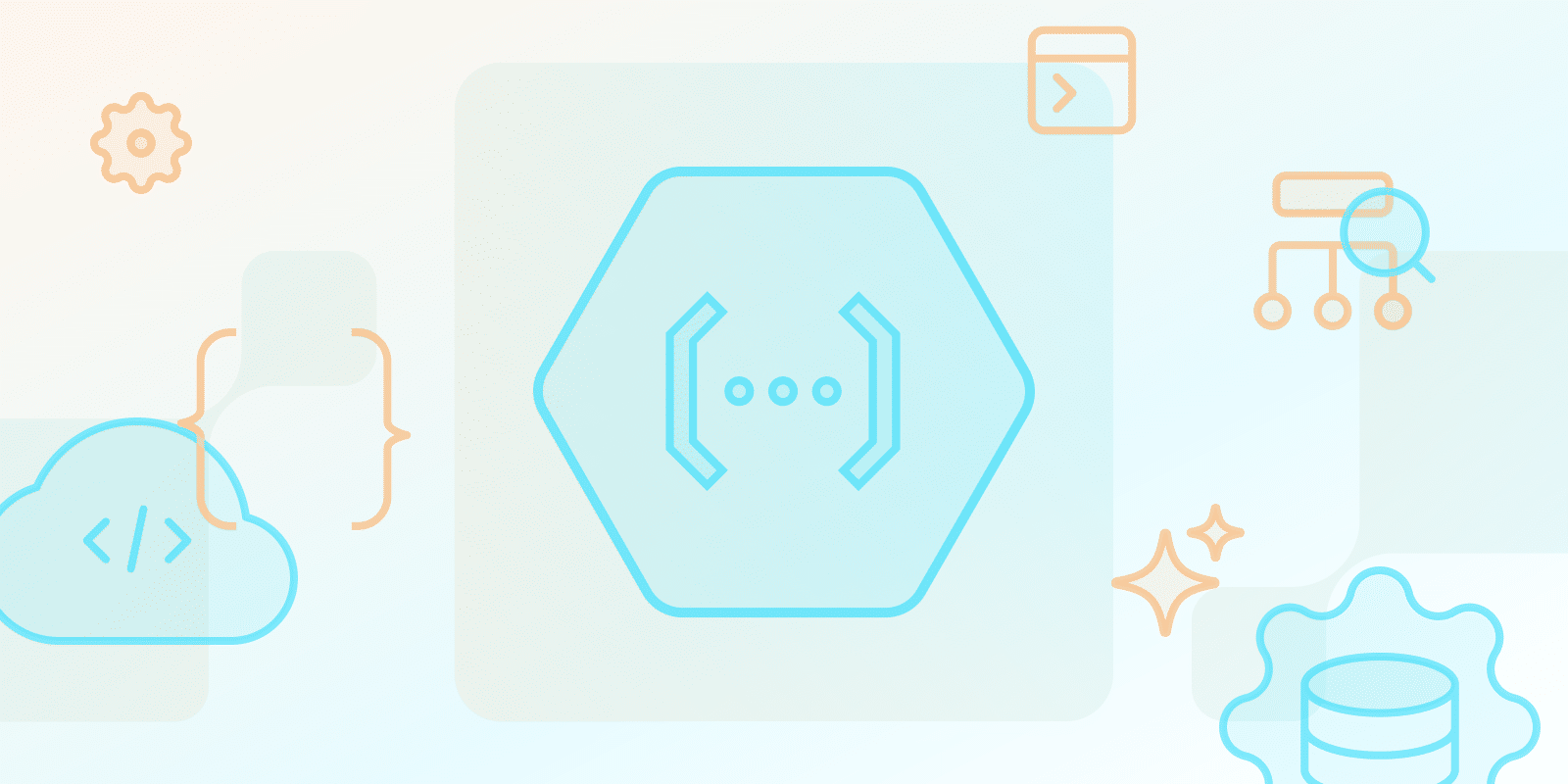Computação sem servidor
O que é o Google Cloud Function?

O que é o Google Cloud Function?
O Google Cloud Function é um ambiente de execução no qual os desenvolvedores criam e conectam serviços de nuvem. O Cloud Functions não tem servidor e é usado principalmente para funções autônomas e de propósito único que não exigem o gerenciamento de um servidor ou tempo de execução.
A versão mais recente do Cloud Functions é a 2ª geração. Ela é alimentada pelo Cloud Run e pelo Eventarc, e os desenvolvedores a usam para:
- escalabilidade
- Usabilidade
- Compatibilidade com fonte de eventos
- Controle
Como o Google Cloud Functions funciona?
A ferramenta sem servidor Cloud Functions executa código com base em eventos; o desenvolvimento e a implantação devem ser simplificados posteriormente. O Cloud Functions é usado para automação de tarefas, criação de microsserviços e conexão de aplicativos.
O Google Cloud gerencia as funções, o que pode economizar tempo para os desenvolvedores; no entanto, nem sempre é a melhor escolha para aplicativos que exigem recursos significativos ou tarefas de execução longa.
Quais são os benefícios de usar o Google Cloud Functions?
Os desenvolvedores normalmente implementam o Google Cloud Functions por seus recursos automatizados para que possam escrever código. A sobrecarga operacional e o gerenciamento do servidor são duas outras coisas a serem consideradas.
Aqui estão alguns motivos pelos quais os desenvolvedores usam o Cloud Functions:
- A interface
- arquitetura sem servidor
- Arquitetura orientada a eventos
- Desempenho e escalabilidade (especialmente 2ª geração)
No entanto, também é importante considerar os outros lados da moeda (por exemplo, controle limitado da infraestrutura subjacente e possível bloqueio do fornecedor); fazer isso garantirá que você tome a decisão certa.
Quais aplicativos são mais adequados para o Google Cloud Functions?
Você pode considerar o uso do Cloud Functions se tiver um aplicativo orientado a eventos sem recursos significativos. Utilitários que executam tarefas específicas, microsserviços, terminais de API e outros aplicativos de função única se enquadram nessa categoria.
Considere usar o Cloud Functions se você já usa o GCP para integração de ecossistema, a menos que você tenha um aplicativo que precise de mais recursos ou controle.
| Critérios | Aplicações Adequadas | Aplicações Menos Adequadas |
|---|---|---|
| Requisitos de Recursos | ||
| Necessidades de Computação | Tarefas computacionais leves | Processamento intensivo em recursos |
| Duração da Execução | Tarefas de curta duração | Operações de longa duração |
| Arquitetura de Aplicativo | ||
| Tratamento de Eventos | Operações orientadas a eventos | Sistemas de processamento contínuo |
| Escopo do Aplicativo | Funções de propósito único | Aplicativos complexos e multicomponentes |
| Casos de Uso | ||
| Aplicativos Típicos | Utilitários, microsserviços, endpoints de API | Aplicativos em escala real, pipelines de processamento de dados |
| Controle de Infraestrutura | Necessidades mínimas de controle | Requer gerenciamento detalhado da infraestrutura |
| Integração do Ecossistema | Serviços nativos do GCP | Requisitos independentes de plataforma |
Como funciona a precificação do Google Cloud Functions?
O Google Cloud Functions é pague conforme o usoVocê paga quando sua função é executada e você usa recursos (por exemplo, CPU), mas não é cobrado por coisas que não usa; quanto você paga depende da duração da execução da função, que é medida por 100 ms. O número de vezes que você usa uma função também desempenhará um papel.
Quais são as práticas recomendadas para desenvolver e gerenciar aplicativos sem servidor com o Google Cloud Functions?
Implemente estas práticas ao usar o Google Cloud Functions:
- Configurando os fundamentos
Configure um projeto do GCP e ative as funções do Cloud API. Você precisa fazer isso antes de criar ou implantar aplicativos sem servidor.
- Ferramentas de implantação e gerenciamento
Pense no GCP SDK/Serverless Framework se precisar de mais simplificação. O GCP SDK tem uma interface de linha de comando, com o Serverless Framework utilizando abstração em um nível mais alto.
- Registro e monitoramento
Monitoramento e registro são necessidades; você deve integrar o Cloud Functions com o Cloud Logging e o Cloud Monitoring. Além do gerenciamento de aplicativos, você também deve considerar insights de desempenho e saúde para resolver problemas conforme eles surgem.
- Arquitetura orientada a eventos
Use o Google Cloud Functions para respostas de eventos em diferentes ferramentas do Google Cloud e use-o para resposta em tempo real.
- Iteração
Você deve começar pequeno e focar em uma função antes de expandir as coisas lentamente; fazer muita coisa de uma vez prejudicará suas operações. Teste/refina e monitore seus dados antes de fazer alterações.
Conclusão
Para aplicativos que não exigem recursos substanciais, considere o Google Cloud Functions; considere escolher outra coisa se precisar de mais controle. Ele é usado para criar e implantar aplicativos orientados a eventos, e você deve pensar sobre seus recursos de escala sob demanda; comece com uma função antes de testar a iteração ao longo do tempo.